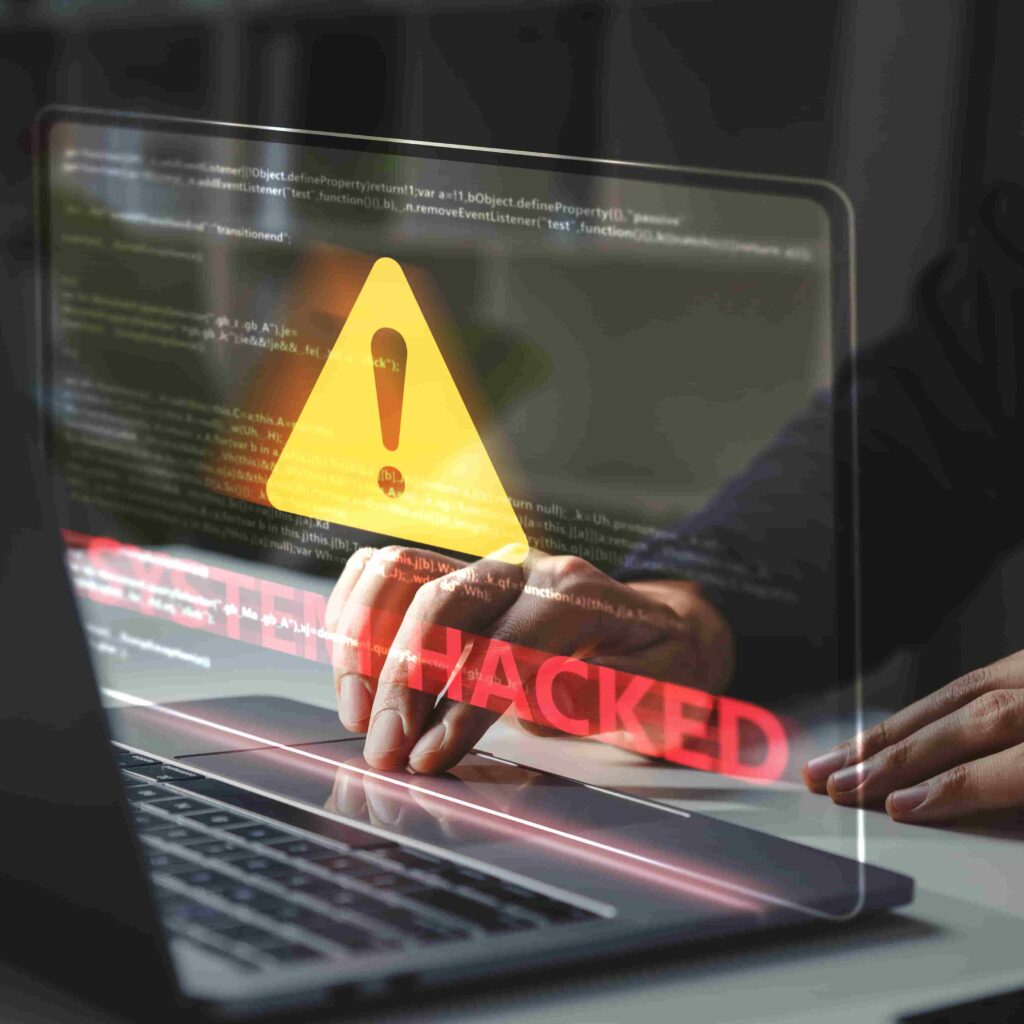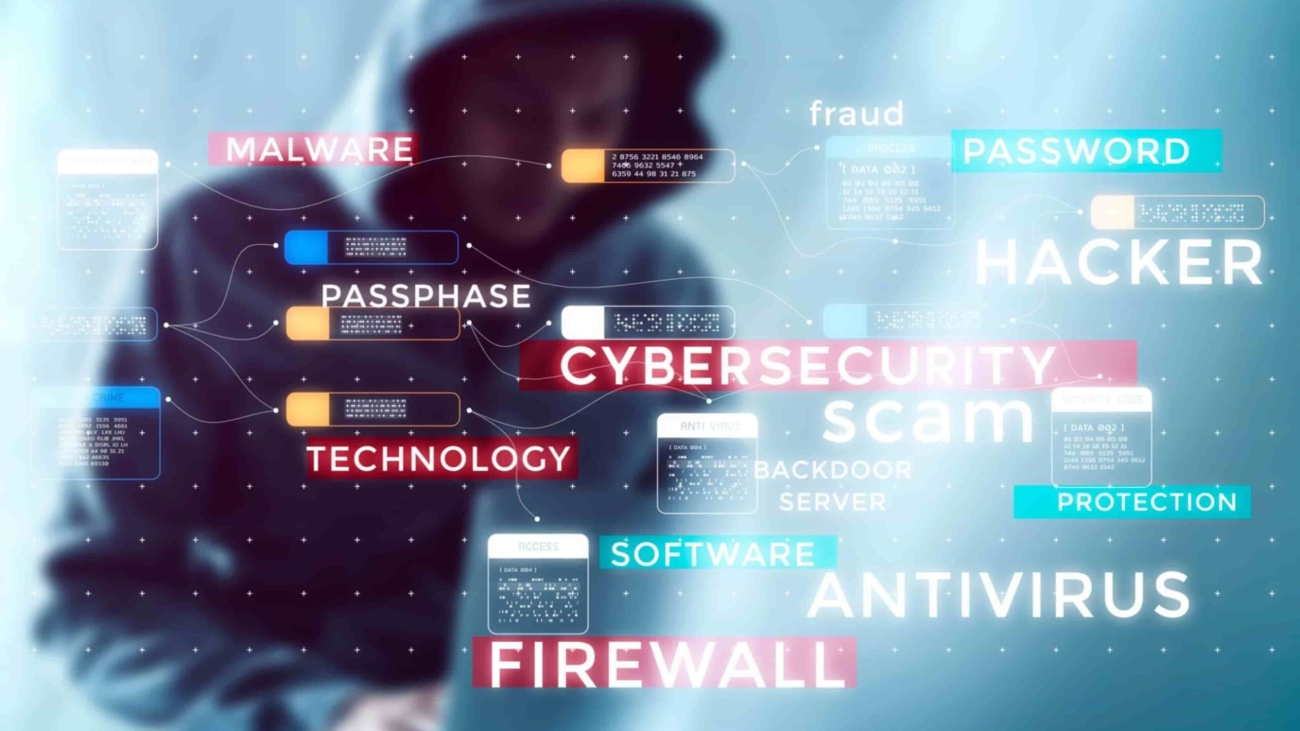Email phishing merupakan ancaman siber yang serius, dan untuk melindungi diri anda, adalah penting untuk memahami jenis-jenisnya dan mengambil langkah-langkah yang diperlukan. Berikut adalah panduan lengkap mengenai apa itu email phishing, cara mengenal pasti jenis-jenisnya, dan langkah-langkah untuk menghindarinya.
Apa itu Email Phishing?
Email phishing ialah penipuan dalam talian di mana penyerang menyamar sebagai entiti yang dipercayai melalui emel untuk mendapatkan maklumat sensitif dari kita. Mereka mencipta pesanan yang kelihatan sah untuk memancing kita melakukan tindakan tertentu, seperti mengklik pautan berbahaya atau memberikan maklumat sulit.

Jenis-Jenis Email Phishing yang Perlu Diketahui
Spear Phishing: Penipuan ini lebih spesifik, di mana penjenayah menyamar sebagai individu tertentu, mungkin bos anda atau rakan sekerja.
Vishing (Voice Phishing): Taktik ni guna suara. Penjenayah boleh telefon anda dan buat anda percaya yang mereka dari institusi terkenal.
Smishing (SMS Phishing): Kali ni, penjenayah guna pesanan teks. Berhati-hati dengan pautan pelik dalam SMS!
Clone Phishing: Penipu akan “klon” email sah anda dan tukar beberapa perkataan atau pautan untuk tipu orang.
Cara-Cara Menghindari Email Phishing
Periksa Alamat Emel: Jangan tergesa-gesa klik pautan. Pastikan alamat emel betul-betul dari sumber yang sah.
Jangan Kongsi Maklumat Peribadi: Institusi kewangan atau syarikat terkemuka takkan minta maklumat peribadi melalui emel. Jangan jatuhkan mangsa!
Periksa Tanda-Tanda Aneh: Ejaan yang salah, tanda baca pelik, atau logo yang tak betul mungkin petunjuk bahaya.

Tips Keselamatan Emel yang Penting
Gunakan Antivirus yang Berkualiti: Pastikan komputer atau telefon pintar anda dilindungi dengan antivirus yang terkini.
Perbarui Kata Laluan: Selalu ubah kata laluan emel anda dan jangan guna yang sama untuk semua akaun.
Upgrade pengetahuan: Sentiasa mengambil tahu tentang maklumat terkini mengenai teknik penipuan yang terbaru.

Dengan memahami jenis-jenis email phishing dan mengikuti tips mudah ini, kita dapat melindungi diri daripada ancaman siber ini. Terus berwaspada, pelihara maklumat peribadi, dan terus tingkatkan pengetahuan keselamatan siber anda.







